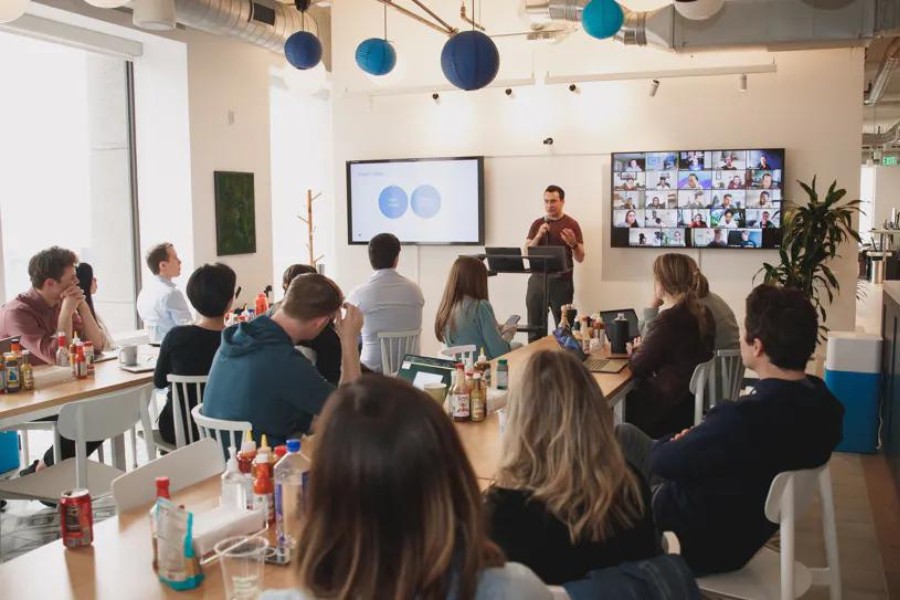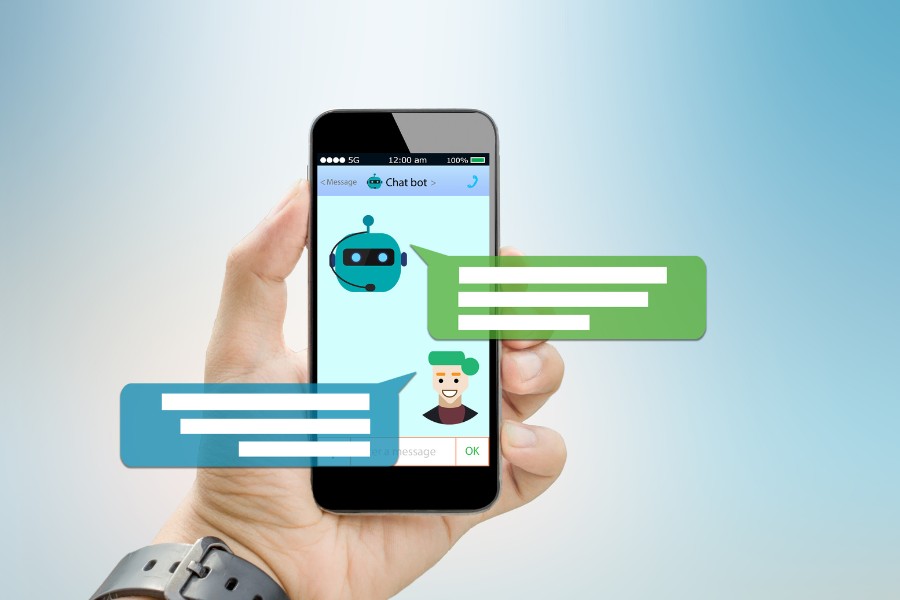How do you turn a competitive hiring market into not a source of potential burnout, but the ground from which you can thrive and become an even better recruiter? This is the question that anyone in recruiting faced with a tough hiring market — whether they’re leading a team or operating solo — should ask themselves. Today, we are going to answer it.
Avoiding recruiting burnout is not only about identifying the signs and taking action to mitigate it, but also understanding why those symptoms appeared in the first place. Burnout is often due to an inordinate workload, a perceived lack of autonomy, and malfunctions in the reward, community and value dynamics in the workplace. These factors can all be exacerbated when you’re also facing a tough hiring market.
So, What Really Is a Tough Hiring Market?
If a hiring market is perceived as tough on the recruiter and employer’s side, that’s because there aren’t enough sufficiently qualified applicants to meet the job openings available. This creates a ripple effect where the best candidates in the talent pool are highly sought-after. Hence, they have more negotiating power and hiring processes can become trickier and lengthier.
By the same token, if positions take longer to fill, this is likely to create a sense of urgency about each hire. Their future teammates might be understaffed and overwhelmed by the disproportionate workload, which in turn can cause more stress and pressure to those responsible for recruiting. Naturally, in the worst-case scenario, this is effectively a negative feedback loop, which can lead to burnout if it’s not halted.
Stay Alert for the Signs
Anyone facing a scenario like described above could start feeling exhausted and apathetic about the situation. Understandably, this can also lead to feelings of inadequacy about the very job they’re in; and questioning whether there’s any point in continuing.
What’s it like to work with a person experiencing this? This hypothetical colleague could suddenly appear more irritable, less open to new ideas, less prone to step out of their normal routine to help a colleague, and much less willing to engage in culture-oriented activities in the workplace.
Then, like with any negative feedback loop that starts in the brain, you start to see physical signs. Psychologists point out that, beyond the initial exhaustion, people on their way to burnout may experience chronic headaches, heartburn, gastrointestinal symptoms and other ailments without a clear physical explanation.
Prioritize Self-Care and Healthy Habits
Are we depressing you yet? Well, I’m glad to say that the gloomy part is over. Now that we’ve taken a stroll amid all that darkness, here’s the light that I can offer. The solution summed up in this header might seem obvious right? Here’s another obvious one; the first bit of advice that world-renowned psychologists offer to combat burnout is, “Take a break”.
While this may seem like a slap in the face for someone experiencing burnout, there are times when that’s just what they need. Those words are the tip of an iceberg, and underneath them, the message is that a person at risk of burnout needs to substantially alter the way they relate to their work.
Sure, the advice to “take a break” might sound silly if taken lightly. Is the burnout risk expected to merely take a day off, see a movie, and come back to a flooded desk of even more work waiting for them and supposed to feel better?
No, rather, the advice should mean they need to take breaks and time off more often. More hours don’t necessarily make people more productive. People who argue for a four-day workweek have echoed this idea for years, and one of the best studies we’ve found; shared by The Centre for Economic Policy Research, found that overtime caused a productivity decline, instead of the opposite.
It may be hard to get one’s head around this because it’s counter-intuitive. How can less work make both a team and an individual more productive? Perhaps that’s because, wrongly, we’ve been taught that extremes like long hours and midnight oil are how stuff gets done and high-performers reach the top of any human endeavor. While that’s partially true, it overlooks the other side of the equation— you can’t work well if you’re not sleeping right, eating right, and staying sane through leisure and social time.
Hence the next piece of advice I’d offer for anyone close to burnout.
Look Beyond Your Job
Similar to the tunnel vision you get before fainting, someone close to burnout can become fixated on their job and career and think of little else, making matters worse. What the top performers in any profession have found is that the stuff you do outside work, like spending time with family, pursuing other interests and passions (and resting!) is as essential to the job as the work itself.
Outside activities can have a positive impact not only in making people more relaxed and well-humored but also more productive and better problem solvers. In his book “Range,” journalist David Epstein argues that “focusing narrowly on many fine details to a specific problem at hand feels like the exact right thing to do, when it is often exactly wrong”. He explains that often the best problem-solving comes from sources of knowledge that are foreign to the problem at hand.
So, putting time and energy into activities that interest you outside your job can not only make you more relaxed and fulfilled, it can also make you a better professional. Now, it must be said, this does come with the challenge of time management. People far more invested in the topic of time optimization have written lengthy advice on this, for example, Peter Drucker’s book “The Effective Executive,” but the advice that I’d share right now for anyone in recruiting that is pressed for time is:
Leverage AI
I hear you if you’ve had it with people on the internet telling you that you need to look at X or Y AI tool so you don’t “fall behind”. The last thing I want to do is give you more work. That said, the reason AI is all the rage right now is that it is transforming the way we work, especially in an office environment, and recruiting is no exception.
Now, as a person who reviews dozens of HR and recruiting software tools each month, I won’t bore you with a list of tasks that you can automate to save company hours or ChatGPT prompt ideas. What I will say is that, as a recruiter, you likely have a couple of software vendors on your workflow, whether it’s for screening, shortlisting or interviewing candidates. And, any software vendor that’s worth their monthly payment has got people, smart people, looking into ways that they can leverage AI to gain an edge over their competitors.
So, let them do that work for you. Talk to your vendors about the ways they are automating more processes and incorporating AI into their software products to save you time. Look out for the new features they put out, and give them a try, even if it’s just for a couple of minutes. If you don’t see that the software tools you use are well on their way to save you and your team hours of work, my suggestion would be to look at other vendors.
Remember the Locus of Control
As a final piece of advice on combating burnout, please indulge me in going back to the concept of the tough hiring market. The very idea of a market may seem like this massive and invisible web of interactions where each of us is a mere cog.
A way to escape the tunnel vision of potential burnout is to take a hike back and look at this huge web from the outside. Ask yourself— are any of the things that make this hiring market particularly tough, your own doing? Are any of them within your control?
Of course, they are not. But the way you react to it is. Sure, you can blame what’s happening on outside forces, but ultimately, these are the same forces that could lead you to develop better sleeping habits, be a better friend to your colleagues, pick up a long-abandoned passion and talk to your software vendor to ask the best of them. These are all ways in which the same outside forces can make you a better recruiter if you choose to become one.

















